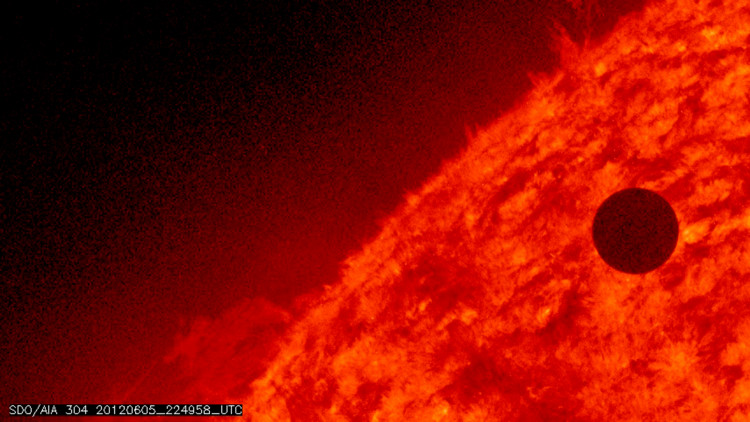A severe geomagnetic storm, classified as a G4 event on the NOAA Space Weather Scale, is currently underway, sparked by recent solar eruptions that have hurled plasma towards Earth. The Space Weather Prediction Center (SWPC) issued an urgent alert on March 24, 2024, highlighting the storm's intensity and potential wide-reaching impacts on technology and natural phenomena.
The storm, which began with the detection of an X 1.1 solar flare and a subsequent coronal hole high-speed stream (CH HSS) by Sun-monitoring satellites, has escalated beyond initial predictions. The SWPC had initially anticipated the storm's intensity to fluctuate between a G1 and G2 level, potentially reaching G3 by Monday. However, within the last 24 hours, the storm has intensified to a severe G4 level, showcasing the dynamic and unpredictable nature of space weather.
One of the most visible consequences of this geomagnetic storm is the enhancement of the aurora borealis, or northern lights, which could potentially be observed as far south as Alabama and northern California, a rare spectacle for residents in these areas. The University of Alaska Fairbanks Geophysical Institute anticipates heightened aurora activity reaching a Kp-6 level through Monday night, making the phenomenon visible in cities such as Seattle, Minneapolis, Green Bay, and Syracuse, New York, provided skies are clear.
The 23 March CME arrived at around 24/1411 UTC. Severe (G4) geomagnetic storming has been observed and is expected to continue through the remainder of the 24 March-UTC day and into the first half of 25 March. pic.twitter.com/CDXQtyv4yp — NOAA Space Weather (@NWSSWPC) March 24, 2024
Despite the awe-inspiring displays, the SWPC warns of significant disturbances associated with a G4 event. Geomagnetically induced currents could pose widespread challenges to voltage control systems, potentially triggering protective measures that inadvertently disconnect crucial components of the power grid. Additionally, these currents may amplify in pipelines, further complicating the situation.
Spacecraft operations are also under threat, with increased risks of surface charging, which can damage satellite components. Low Earth orbit satellites may face enhanced drag, affecting their trajectories and complicating tracking and orientation tasks. These conditions not only disrupt satellite functionality but also impair services reliant on these satellites, including navigation and communication.
The event is expected to severely impact navigation systems, with satellite-based navigation (GPS) services facing degradation or complete outages lasting hours. This poses significant risks for sectors reliant on precise location services, including aviation, maritime navigation, and emergency response operations. Communication systems are also at risk, as high-frequency (HF) radio signals, essential for long-distance communication, may experience sporadic performance or complete blackouts.
The SWPC reassures the public that no adverse impacts are anticipated from the storm, but encourages everyone to stay informed about the storm's progression by visiting their website. The task of predicting the precise intensity of geomagnetic activity remains a complex challenge for space experts, compounded by the increasing frequency of such events attributed to the Sun entering the peak phase of its 11-year solar cycle, known as Solar Cycle 25.
NASA describes coronal mass ejections, the source of the current storm, as "huge bubbles of coronal plasma threaded by intense magnetic field lines that are ejected from the Sun over the course of several hours." These events often resemble "huge, twisted rope" and can occur alongside solar flares, or explosions on the sun's surface.





